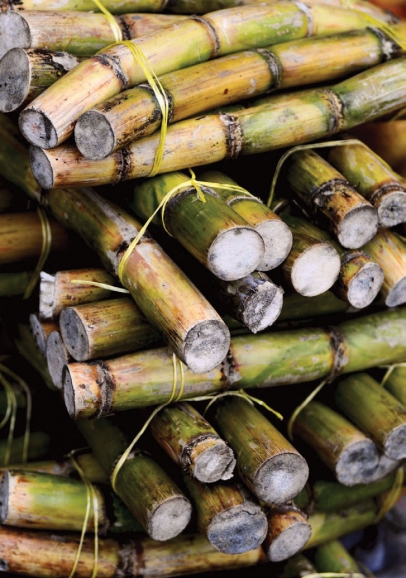Raising Cane
Few people realize that southern Louisiana has been growing sugar cane for over 265 years, ever since Christopher Columbus brought it to the Americas in 1493. Jesuit priests began cultivating the crop in New Orleans in 1751.
Today, sugar cane is one of the state’s most important crops and part of an industry that employs close to 20,000 people, many of them of Cajun descent. The cane production is entirely limited to 800 family-owned or -operated plantations; there are 11 mills and two refineries that handle all of the processing, statewide.
“Louisiana’s sugar cane industry is very clean,” says Mike Daigle, CEO of Lula-Westfield, LLC. “All of the mills are biomass-powered, and sugar cane also produces more oxygen than any other plant on earth, due to its fast growth” which can exceed an inch a day.
Daigle’s ancestors have been in the sugar cane business for six generations; Lula Sugar Factory was founded in the late 1800s and acquired by Daigle’s grandfather in the 1920s. Lula merged with the family-owned Westfield Sugar Factory in 1997; the company continues to be good stewards of the land as well as personal friends with their employees and farmers (some of whom lease acreage from Lula-Westfield to grow cane).
Lula-Westfield sustainably produces high-quality raw (turbinado), non-GMO sugar and blackstrap molasses, which are used in over 30 domestic distilleries thanks to the door-opening efforts of Montanya, but some product is also exported to Caribbean countries.





